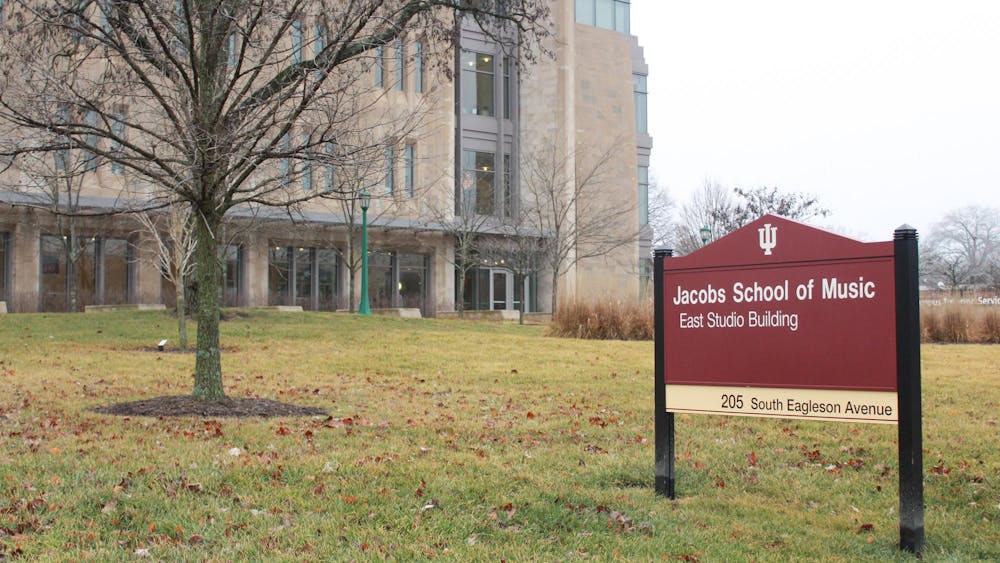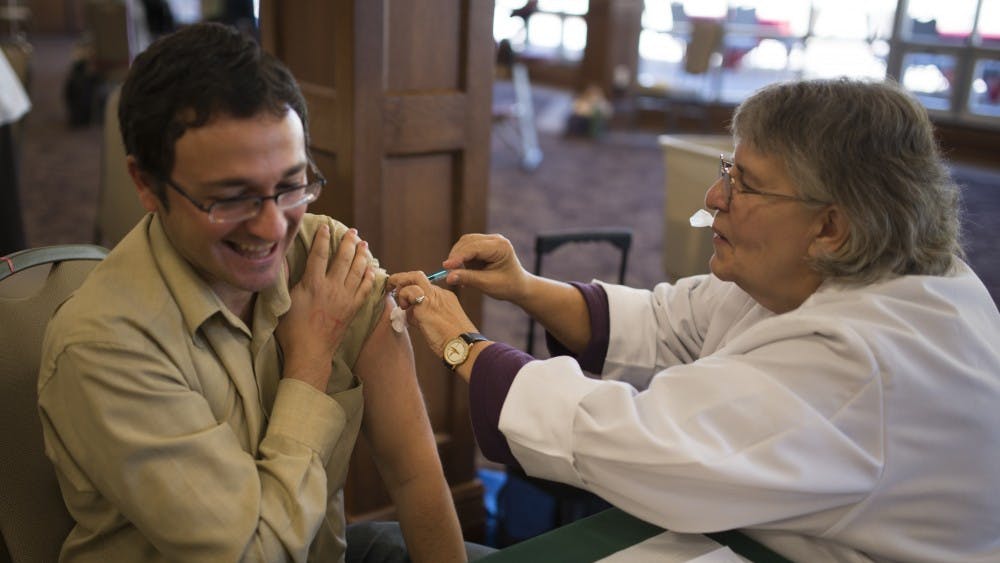Trees. Parks. Grass.
What do these three things have in common?
Answer: They can all help protect against childhood obesity.
In one of the first studies of its kind, researchers from the IU School of Medicine, IU-Purdue University Indianapolis and the University of Washington concluded that for inner-city children, higher neighborhood “greenness” is associated with slower increases in body mass over a two-year period.
The team defined greenness as the amount of trees and vegetation in an area and the health of that vegetation.
Researchers came up with the idea for the study after noticing the rapid growth of childhood obesity.
“We’ve seen really worrisome rises in obesity over the past couple decades,” said Dr. Gilbert Liu, senior author of the study and assistant professor of pediatrics at the IU School of Medicine. “That kind of change over that course of time is too rapid to attribute to a genetic cause.”
This isn’t the first health-related study to use greenness as a factor. Previous studies concluded that people with greener surroundings are less likely to be depressed and that hospital patients recover faster if they have a greener landscape outside their window, Liu said.
“They haven’t really looked at greenness as a protection factor against obesity,” Liu said. “To my knowledge, there’s not many people looking at children’s risk of obesity and the greenness of their neighborhoods.”
The study, which appears in the December issue of the American Journal of Preventative Medicine, looks at what aspects of a neighborhood either puts children at risk for being overweight, or protects them from it.
What researchers discovered might not seem like complicated science: The more kids play, the less they weigh.
The complicated part came in deciding what makes Dick and Jane decide to play tag instead of Xbox.
“The number one factor that predicts kids’ activity is how much they’re outside,” Liu said. “We thought, well, a really easy way to measure exposure or access to outdoor play-space is looking at greenness.”
Unfortunately, greenness isn’t something you can measure in a beaker or weigh on a scale. To quantify this abstract term, the research team employed methods usually reserved for environmental science.
Enter Jeffrey Wilson, associate professor and chair of the Department of Geography at IUPUI’s School of Liberal Arts. Wilson’s role was to integrate techniques originally developed for agricultural and forestry research into the study, to accurately measure neighborhood greenness.
The methods were effective, and the results were more than satisfactory, said Dr. Janice Bell, co-author of the study and assistant professor at the University of Washington.
“I was surprised by the magnitude of the effect,” Bell said. “It made us wonder, what does this weight association really mean?”
Policymakers will have to wait for any substantial impact to come out of the study.
“At this point, it’s a little too early to be thinking about broad ranging impact,” Bell said. “But it’s an important first step to be thinking about how we design communities.”
There is more work to be done. To truly apply these findings on a broader scale, researchers need to expand the study.
“It’s for a relatively small cohort, and it’s only been done in one city,” Wilson said. “We haven’t seen how these techniques transfer to other socio-economic groups as well.”
Right now, the team is looking at possible sources of funding for a national-level study.
“Before making recommendations, we need to do research on larger samples of children and more environments,” Wilson said.
‘Green’ neighborhoods lead to lower childhood obesity
New study examines effect of green space on inner-city kids
Get stories like this in your inbox
Subscribe





